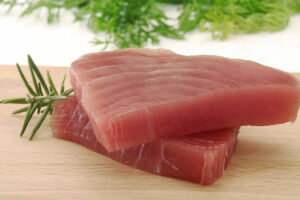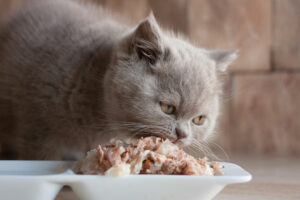The 5 Best Times to Drink Water in a Day

Are you looking for the best time to drink water? Many don’t drink enough water and fail to realize the importance of drinking enough. Since staying hydrated is essential for our health and well-being, choosing the right time to drink water makes a big difference. So if you want to improve your daily water intake, investing in a quality 1L filter water bottle and some Icelandic Glacial natural spring water is a great way to start.
The importance of water for the human body
Water is essential for your body’s overall health and well-being, regardless of where you are. It helps to regulate the body’s temperature, lubricate the joints, and flush out toxins. Water is even more important at home as it is necessary for a wide range of activities such as cooking, cleaning, and bathing.
Your body needs water to help keep all its systems functioning properly. Not only does water maintain hydration levels, but it also helps transport nutrients to cells and remove waste from organs.
Without adequate water, your body can suffer from dehydration, leading to headaches, fatigue, constipation, and a weakened immune system. Furthermore, drinking enough water can reduce your risk of certain diseases, such as kidney stones and urinary tract infections.
By drinking the recommended daily intake of eight 8-ounce glasses of water per day, you can help keep your body functioning optimally and feel its best.
Best times to drink water
Upon waking up
Drinking water first thing in the morning is essential for our body’s needs. Not only does it help to rehydrate us after a long night of sleep, but it also helps to kickstart our metabolism and flush out toxins. Additionally, it can help to improve your overall mood and energy levels. If you’re not a fan of plain water, try adding a slice of lemon or lime for a bit of extra flavor and a healthy dose of Vitamin C.
If you struggle with remembering to drink water throughout the day, setting yourself reminders or leaving a glass of water by your bedside at home can help ensure that you stay hydrated throughout the day.
Before and after exercise
Drinking water before and after exercise is essential to help keep your body well-hydrated. When you exercise, your body needs extra fluids to stay hydrated and perform at its best. Water keeps you hydrated and helps regulate your body temperature, provides energy and nutrients to the cells, and even improves your mood.
Drinking water before and after exercise is critical to keep your body hydrated. About two hours before exercising, aim for about 16-20 ounces of water. This will allow for adequate hydration and let your body absorb water. Ensure you sip water at regular intervals to prevent dehydration and fatigue. For vigorous activities like running or biking, it’s recommended to drink 8-12 ounces of water every 15 minutes.
After exercise, rehydrate with 8-12 ounces of water for every pound lost during exercise. This can help replenish any fluids lost through sweat and electrolytes that are also lost during physical activity.
Staying hydrated while exercising is essential to staying healthy and keeping your body in shape. Access to cold, filtered water in your home can help you reach your hydration needs more easily. So, always keep a full water bottle to stay hydrated.
Before meals
Drinking water before meals is a great way to meet your body’s needs. When it comes to eating, water can help reduce feelings of hunger, making it easier to practice portion control. Additionally, having a glass of water or two before a meal can help you feel fuller, leading to fewer calories overall. It also helps the body absorb nutrients from food more efficiently. Drinking water before meals also helps to regulate digestion and keep your system running smoothly.
Drinking water before a meal helps break down the food in your stomach so that the body can easily digest it. The water also helps reduce stomach acidity, meaning your stomach won’t have to work as hard to digest your food. Finally, drinking water before meals can help increase metabolism and energy levels, giving you an extra boost throughout the day.
Staying hydrated with water throughout the day is essential for home health and well-being. Drinking a glass of water before each meal is an easy way to ensure that your body gets the fluids it needs while also helping to regulate digestion and metabolism.
Mid-afternoon
As the day progresses, you may feel a slump in energy levels around midafternoon. During this time, drinking plenty of water is essential to boost your energy levels. Home and work can become very demanding in the afternoon, so one must ensure their body is hydrated. Water helps your brain and muscles stay energized, which can help you stay productive. If you want to stay alert and focused during the afternoon, drink a glass or two of water.
Before bedtime
Drinking water before bedtime is one of the best things you can do for your body. Not only will it help you stay hydrated, but it can also rejuvenate your body’s natural functioning and ensure you get proper rest.
Drinking water before bedtime can also help support digestion and ensure your body has the energy to rest properly and recover.
Tips to ensure you’re drinking enough water:
- Carry a water bottle with you during the day.
- Set reminders
- Keep a pitcher of water on your home desk or kitchen counter.
- Make sure you know your body’s needs for water and adjust accordingly.
- Add flavors to your water, like cucumber or lemon slices, for extra flavor.
- Invest in a smart water bottle. These bottles are crucial for home & needs. They have sensors that track your drinking habits. It can be convenient for home and on-the-go use. Not only is it better for the environment, but it will also help track how much water you drink.



